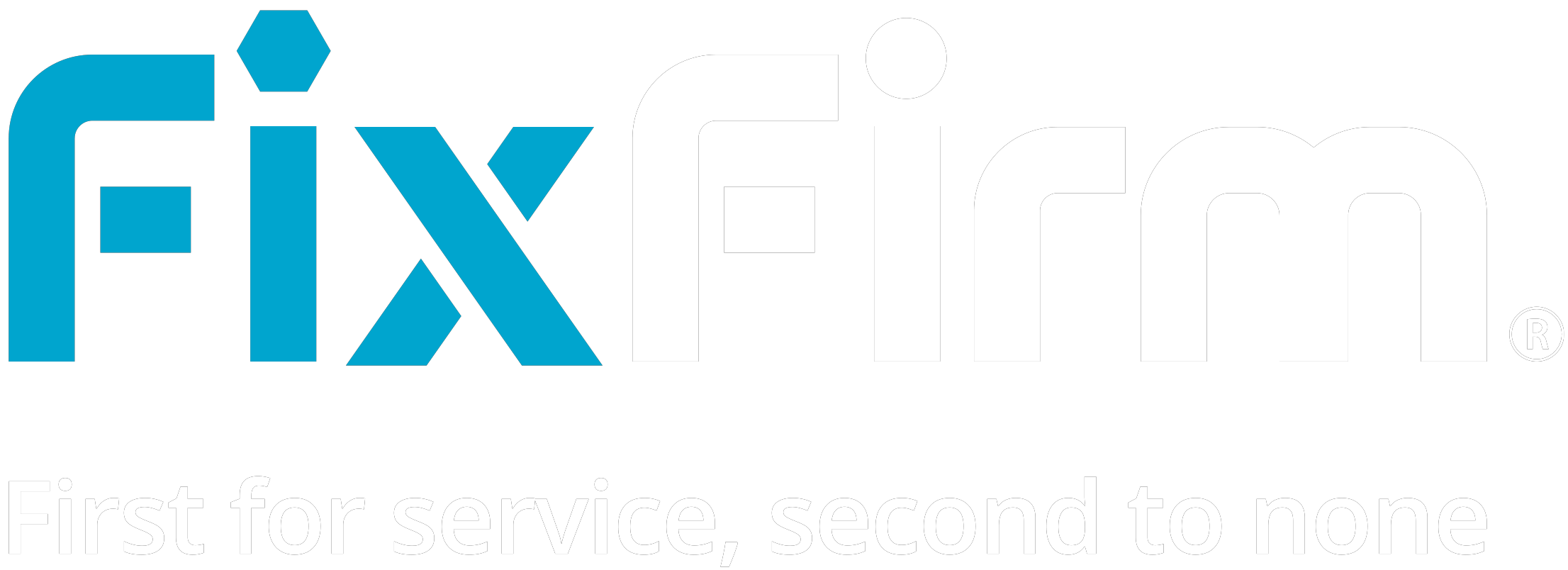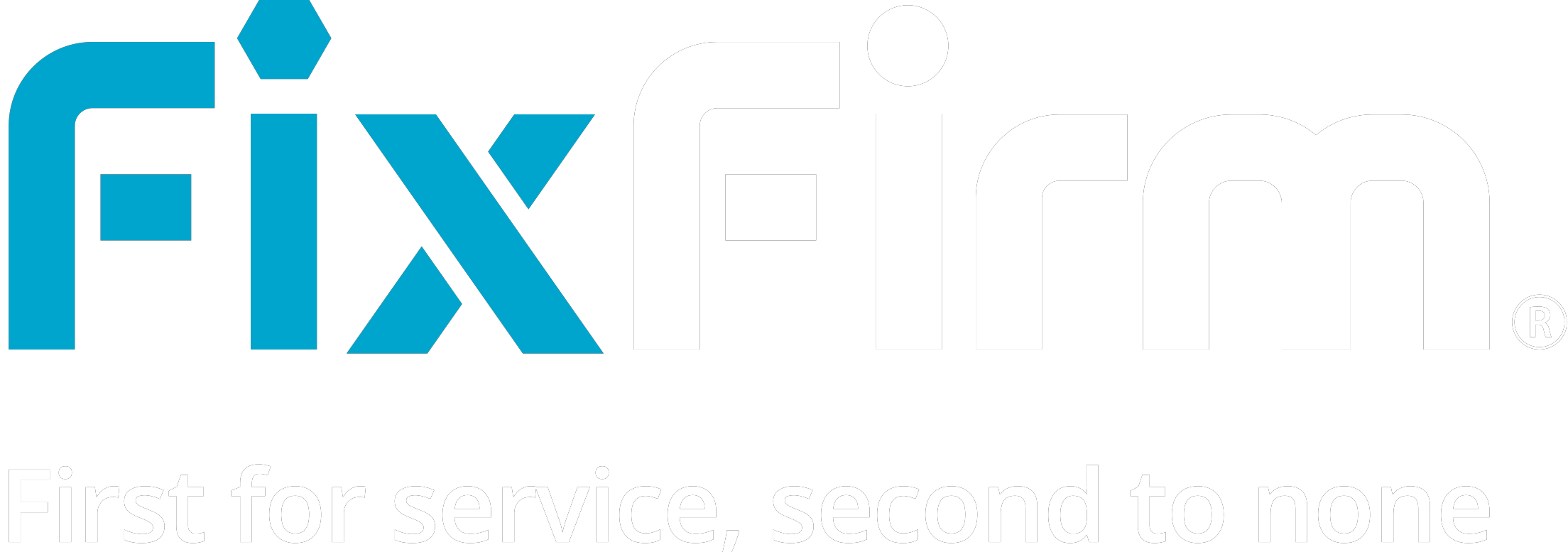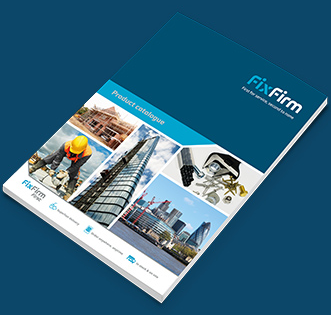The construction industry has always been at the forefront of innovation, and today, we find ourselves amidst a remarkable era of technological advancements that are reshaping the way we build. From groundbreaking materials to cutting-edge software solutions, new technologies are revolutionising construction practices, enhancing efficiency, safety, and sustainability. These innovations are propelling the industry into a new era of construction, where traditional methods are being replaced or augmented by state-of-the-art tools and techniques.
One of the key drivers of this transformation is the increasing need for more efficient and sustainable construction processes. As the world's population continues to grow, urbanisation expands, and environmental concerns take centre stage, the construction industry faces the challenge of meeting rising demand while minimising its impact on resources and the environment. In response, construction professionals and companies are turning to new technologies that offer improved productivity, reduced waste, enhanced safety measures, and a smaller ecological footprint.
Moreover, the digital revolution has had a profound impact on the construction industry. The availability of advanced software, digital platforms, and cloud computing has transformed the way construction projects are planned, managed, and executed. Collaboration has become seamless, with architects, engineers, contractors, and stakeholders working together in real-time, irrespective of their physical location. The integration of data-driven technologies has brought about greater transparency, accuracy, and efficiency throughout the construction lifecycle.
In the following sections, we will explore some of the most impactful new technologies in construction and how they are transforming the industry.
Building Information Modelling (BIM):
One of the most significant advancements in construction is the adoption of Building Information Modelling (BIM). BIM is a digital representation of the physical and functional characteristics of a building, allowing architects, engineers, and contractors to collaborate seamlessly throughout the project lifecycle. BIM enables real-time data sharing, clash detection, and accurate simulations, reducing errors, optimising resource allocation, and improving project outcomes.
With BIM, construction professionals can visualise and analyse the entire project in a virtual environment before the actual construction begins. This allows for early identification of potential clashes or design issues, enabling timely modifications and preventing costly errors during construction. BIM also facilitates better coordination between different disciplines, streamlining workflows, and improving communication.
Prefabrication and Modular Construction:
Prefabrication and modular construction techniques have gained immense popularity due to their efficiency and cost-effectiveness. By fabricating building components off-site and assembling them on-site, construction time is significantly reduced. Prefabricated structures also offer improved quality control, reduced waste generation, and enhanced safety measures.
In addition to time and cost savings, prefabrication and modular construction allow for greater flexibility and scalability. Buildings can be easily expanded or reconfigured as per changing needs. Moreover, the controlled factory environment ensures precision in manufacturing, resulting in higher-quality components. Prefabrication also reduces the environmental impact by minimising material wastage and site disruptions.
3D Printing:
The emergence of 3D printing in construction has opened up new avenues for architectural design and construction methods. Large-scale 3D printers can create complex structural components, eliminating the need for traditional formwork and reducing material waste. This technology enables the construction of intricate shapes and designs with enhanced precision and efficiency, allowing for greater creativity and customisation.
One of the significant advantages of 3D printing is its ability to construct buildings using sustainable materials such as recycled plastics and concrete mixtures with reduced cement content. This not only reduces the carbon footprint but also enhances the durability and resilience of structures. Furthermore, 3D printing can be employed in disaster-stricken areas, quickly constructing temporary shelters or emergency housing.
Drones and Robotics:
Drones and robotics are revolutionising various aspects of the construction industry. Drones equipped with cameras and sensors can conduct site surveys, monitor progress, and perform inspections in a fraction of the time required by traditional methods. They enhance safety by reducing the need for workers to access hazardous areas. Aerial mapping and photogrammetry techniques using drones allow for accurate topographic surveys and volumetric measurements.
Robotics, on the other hand, can automate repetitive tasks such as bricklaying, concrete pouring, and material handling, improving productivity and reducing labour costs. Robotic exoskeletons provide additional support to workers, reducing the risk of injuries and increasing efficiency. With the integration of artificial intelligence (AI), robots can learn and adapt to complex construction scenarios, further enhancing their capabilities.
Internet of Things (IoT) and Smart Infrastructure:
The Internet of Things (IoT) is connecting various devices and systems within construction sites to enhance productivity, safety, and sustainability. Smart sensors embedded in equipment, machinery, and infrastructure enable real-time monitoring, predictive maintenance, and optimized energy consumption. IoT technologies also enable the implementation of smart building management systems, improving comfort levels for occupants and reducing energy waste.
By leveraging IoT, construction companies can monitor the performance of equipment and machinery remotely, allowing for proactive maintenance and minimising downtime. Real-time data on energy usage, temperature, and occupancy can be used to optimise energy efficiency and enhance the overall sustainability of buildings. Additionally, IoT-enabled safety systems can detect potential hazards, such as gas leaks or fire outbreaks, and send immediate alerts, ensuring a safer working environment.
Augmented Reality (AR) and Virtual Reality (VR):
AR and VR technologies are transforming the way construction projects are designed, visualised, and communicated. By overlaying digital information onto the physical environment, AR enhances on-site construction processes. Workers can access real-time data, instructions, and 3D models through AR glasses, improving accuracy and reducing errors. AR can also aid in equipment maintenance and training programmes, providing interactive and immersive experiences. VR, on the other hand, offers a virtual environment that allows stakeholders to experience and explore a building project before its actual construction. Architects, engineers, and clients can virtually walk through the building, evaluate design elements, and make informed decisions. This immersive experience minimises miscommunications, enhances client satisfaction, and reduces the likelihood of costly design changes during construction.
As we witness the rapid evolution of technology, the construction industry is embracing new tools and techniques that redefine how we approach building projects. From BIM and prefabrication to 3D printing, drones, robotics, IoT, and AR/VR, these new technologies are reshaping construction processes, enhancing productivity, and promoting sustainability.
By adopting these technologies, construction companies can streamline workflows, reduce costs, improve safety, and deliver projects of superior quality within shorter time frames. It is crucial for industry professionals and companies to stay abreast of these advancements to remain competitive in an ever-evolving landscape. By embracing these technologies, we can build safer, more efficient, and environmentally conscious structures that meet the needs of the future. The construction industry is on the brink of a technological revolution, and those who harness the power of innovation will undoubtedly thrive in this exciting era of construction.


